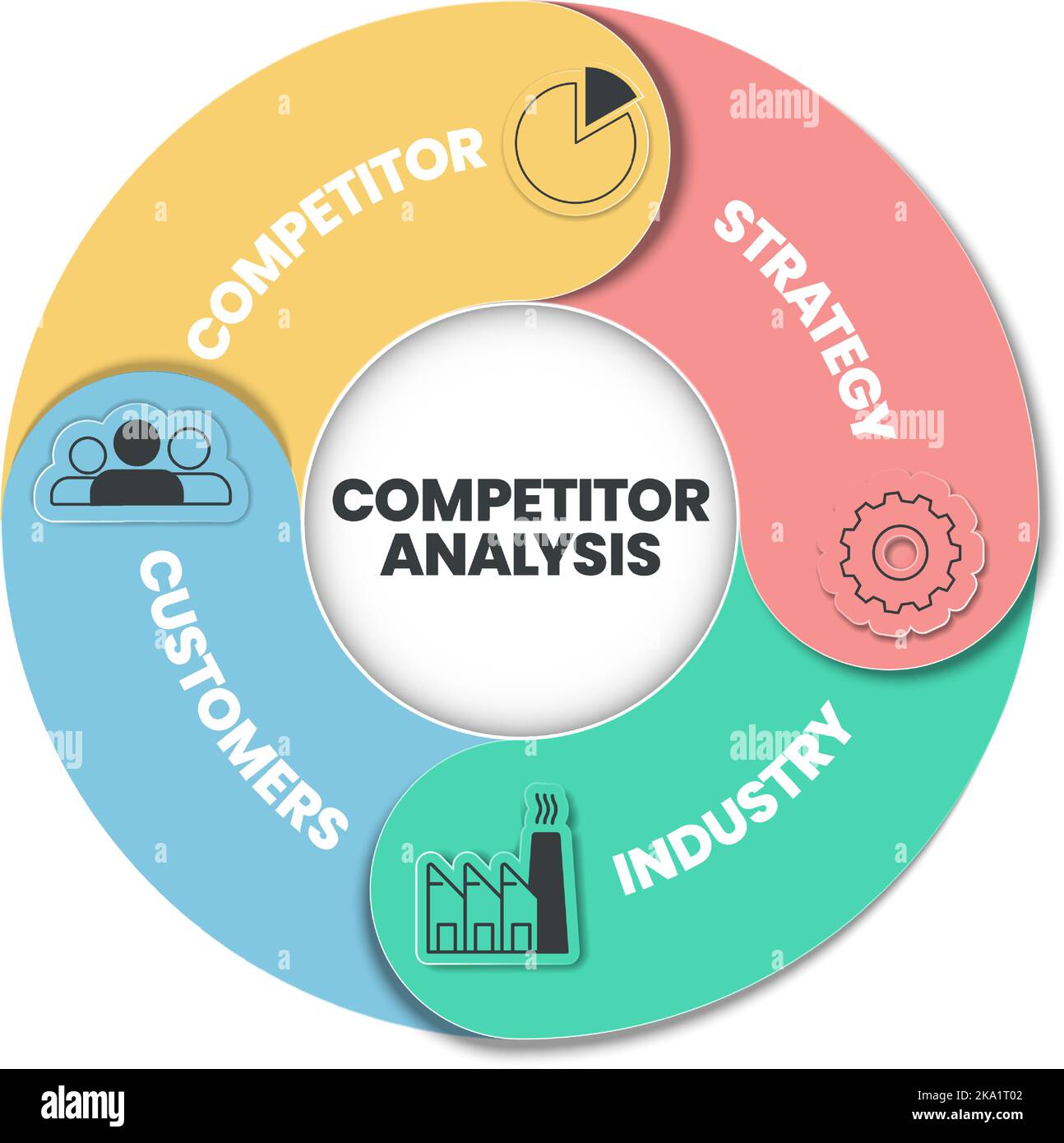The Rise Of Chinese Vehicles: A Competitive Analysis

Table of Contents
Technological Advancements in Chinese Vehicles
The success of Chinese vehicles is largely attributed to significant technological advancements. This isn't just about catching up; in some areas, Chinese manufacturers are leading the charge.
Electric Vehicle (EV) Dominance: China's dominance in the EV sector is undeniable. This stems from a multi-pronged approach:
- Leading Battery Technology: Chinese companies are at the forefront of battery innovation, developing high-density, long-lasting batteries that improve range and reduce charging times.
- Extensive Charging Infrastructure: Massive investments in charging stations across China are creating a robust infrastructure to support EV adoption, a key element often lacking in other regions.
- Government Subsidies and Incentives: Generous government subsidies and tax breaks have spurred both consumer demand and domestic EV production, creating a virtuous cycle of growth.
- Successful Chinese EV Brands: Companies like BYD, NIO, and XPeng are producing competitive and technologically advanced electric vehicles, successfully challenging Tesla and other established brands in both domestic and international markets. BYD's blade battery technology, for example, is a prime example of this innovation. These brands are leveraging "Chinese electric vehicles" technology to gain significant market share.
Autonomous Driving Capabilities: Chinese automakers are making significant strides in autonomous driving technology, often collaborating with leading tech companies.
- Advanced Driver-Assistance Systems (ADAS): Many Chinese vehicles incorporate advanced ADAS features, including lane keeping assist, adaptive cruise control, and automatic emergency braking.
- Partnerships with Tech Giants: Collaborations with companies like Baidu and Huawei are accelerating the development and integration of AI-powered autonomous driving systems in Chinese cars.
- Data Collection and AI Development: The massive amount of data generated by connected Chinese vehicles fuels the development of sophisticated AI algorithms for autonomous driving, constantly improving performance and safety. This focus on "self-driving Chinese cars" is rapidly closing the gap with global leaders in this technology.
Connectivity and Smart Features: Chinese vehicles often boast cutting-edge infotainment systems and connectivity features, exceeding those of many established competitors.
- Advanced Infotainment Systems: Large, high-resolution touchscreens, seamless smartphone integration (Android Auto and Apple CarPlay), and advanced voice control are standard features in many new Chinese vehicles.
- Over-the-Air Updates: Similar to Tesla, Chinese automakers are increasingly using over-the-air updates to improve vehicle performance, add new features, and fix bugs, enhancing the overall ownership experience. This aspect of "smart Chinese cars" is crucial for maintaining competitiveness.
- Data Integration and Personalized Experiences: Data collection from connected features allows for personalized driver experiences, adaptive settings, and predictive maintenance alerts, contributing to the "connected car technology China" advantage.
Competitive Pricing and Market Strategies of Chinese Vehicles
The competitive pricing of Chinese vehicles is another major factor driving their success.
Cost-Effectiveness and Manufacturing Efficiency: Chinese automakers often benefit from lower manufacturing costs, enabling them to offer vehicles with comparable features at lower prices.
- Lower Labor Costs: Lower labor costs compared to many Western countries contribute significantly to reduced production expenses.
- Efficient Supply Chains: Well-established and efficient domestic supply chains allow for streamlined manufacturing processes and reduced material costs. This contributes significantly to making "affordable Chinese cars" a reality.
- Economies of Scale: Increased production volumes allow Chinese manufacturers to leverage economies of scale, further reducing per-unit costs. This allows them to compete effectively on "Chinese car manufacturing costs."
Targeted Marketing and Global Expansion: Chinese automakers are employing sophisticated marketing strategies to penetrate international markets.
- Targeted Marketing Campaigns: These campaigns are tailored to specific regional preferences and cultural nuances, improving brand recognition and appeal. This expertise in "marketing Chinese vehicles" is crucial for global success.
- Strategic Partnerships and Distribution Networks: Collaborations with local distributors and strategic partnerships are helping to expand reach and market penetration. Their strategies for "Chinese car brands global expansion" are showing remarkable results.
- Focus on Emerging Markets: Chinese automakers are actively targeting rapidly growing emerging markets, offering attractive price points and features tailored to local needs. This makes "international Chinese car sales" an important aspect of their growth.
Challenges Faced by Chinese Vehicles in the Global Market
Despite their rapid ascent, Chinese vehicles face several challenges in the global market.
Brand Perception and Consumer Trust: Overcoming preconceived notions about the quality and reliability of Chinese vehicles remains a significant hurdle.
- Addressing Quality Concerns: Many manufacturers are actively investing in quality control and reliability testing to dispel negative perceptions.
- Building Consumer Trust: Extended warranties and enhanced after-sales service are important initiatives in building confidence and trust among consumers. This is vital for addressing "Chinese car reliability" concerns.
- Highlighting Technological Advancements: Showcasing their technological leadership helps to change perceptions and demonstrate their commitment to quality and innovation. This is a key part of "building trust in Chinese vehicles."
Geopolitical Factors and Trade Relations: Geopolitical tensions and trade policies can significantly impact the global success of Chinese automakers.
- Trade Wars and Tariffs: Trade disputes and tariffs can raise prices and hinder market access in certain regions.
- Supply Chain Diversification: Reducing reliance on single-source suppliers and diversifying supply chains is crucial for mitigating geopolitical risks. The impact of "global trade impact on Chinese vehicles" cannot be ignored.
- Navigating Import Regulations: Understanding and navigating complex import regulations and standards in different countries is essential for smooth market entry. "Chinese car import regulations" present both opportunities and challenges.
Conclusion
The rise of Chinese vehicles in the global automotive market is a remarkable story of technological innovation, aggressive pricing strategies, and ambitious global expansion. While challenges remain in overcoming brand perception issues and navigating geopolitical complexities, the technological advancements in Chinese electric vehicles, their cost-effectiveness, and targeted marketing campaigns are undeniable drivers of their success. The key takeaways are clear: technological innovation, particularly in the EV sector, competitive pricing, and the strategic challenges in establishing global brand trust. To further understand this dynamic landscape, explore industry reports from organizations like the International Energy Agency (IEA) and research individual companies' websites like those of BYD, NIO, and XPeng. The future of the automotive industry will undoubtedly be significantly shaped by the continued growth and impact of Chinese vehicles and their future innovations.

Featured Posts
-
 Chinas Auto Industry Disruptor Or Mainstream Player
Apr 26, 2025
Chinas Auto Industry Disruptor Or Mainstream Player
Apr 26, 2025 -
 January 6th Hearing Witness Cassidy Hutchinson To Publish Memoir
Apr 26, 2025
January 6th Hearing Witness Cassidy Hutchinson To Publish Memoir
Apr 26, 2025 -
 Trump On Ukraine And Nato A Critical Examination
Apr 26, 2025
Trump On Ukraine And Nato A Critical Examination
Apr 26, 2025 -
 Us China Trade Tensions Impact On Dow Futures And The Stock Market Today
Apr 26, 2025
Us China Trade Tensions Impact On Dow Futures And The Stock Market Today
Apr 26, 2025 -
 Challenges Await The Next Federal Reserve Chair Under Trumps Shadow
Apr 26, 2025
Challenges Await The Next Federal Reserve Chair Under Trumps Shadow
Apr 26, 2025
